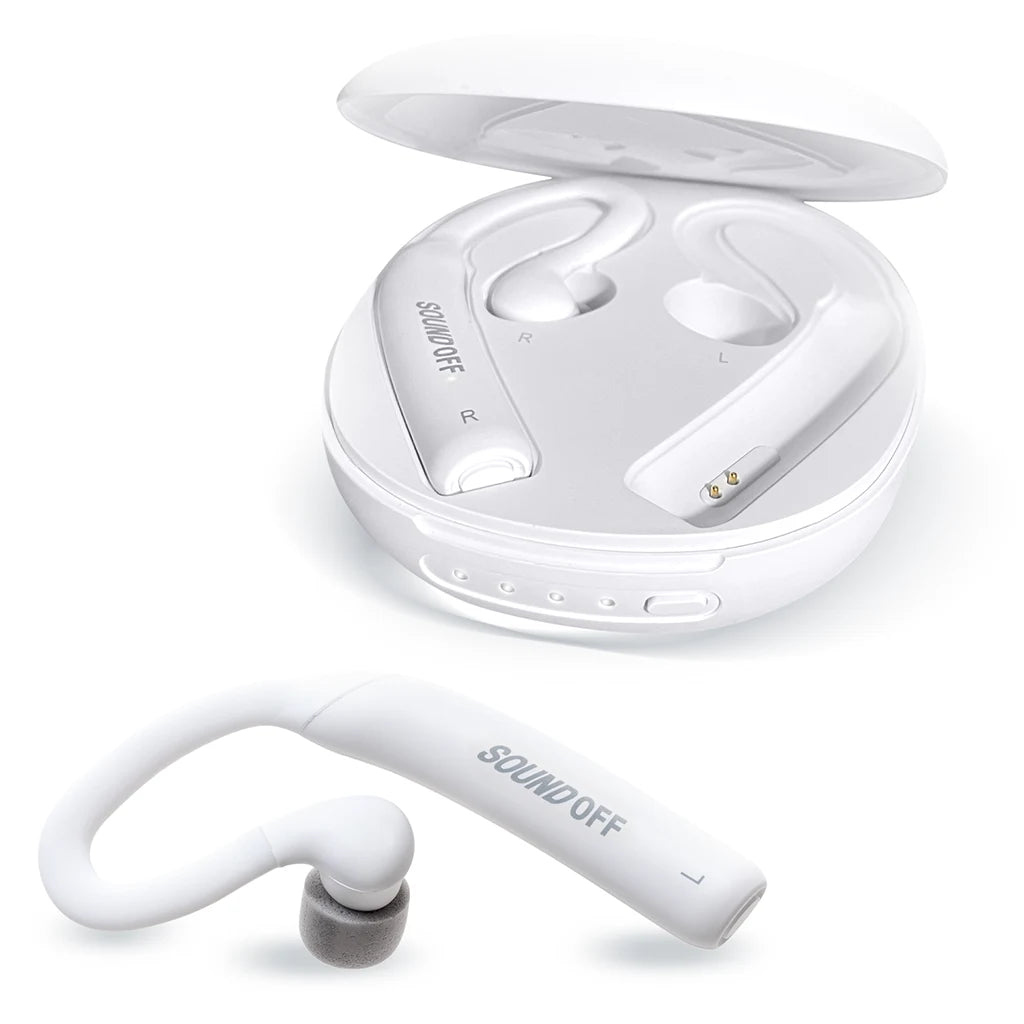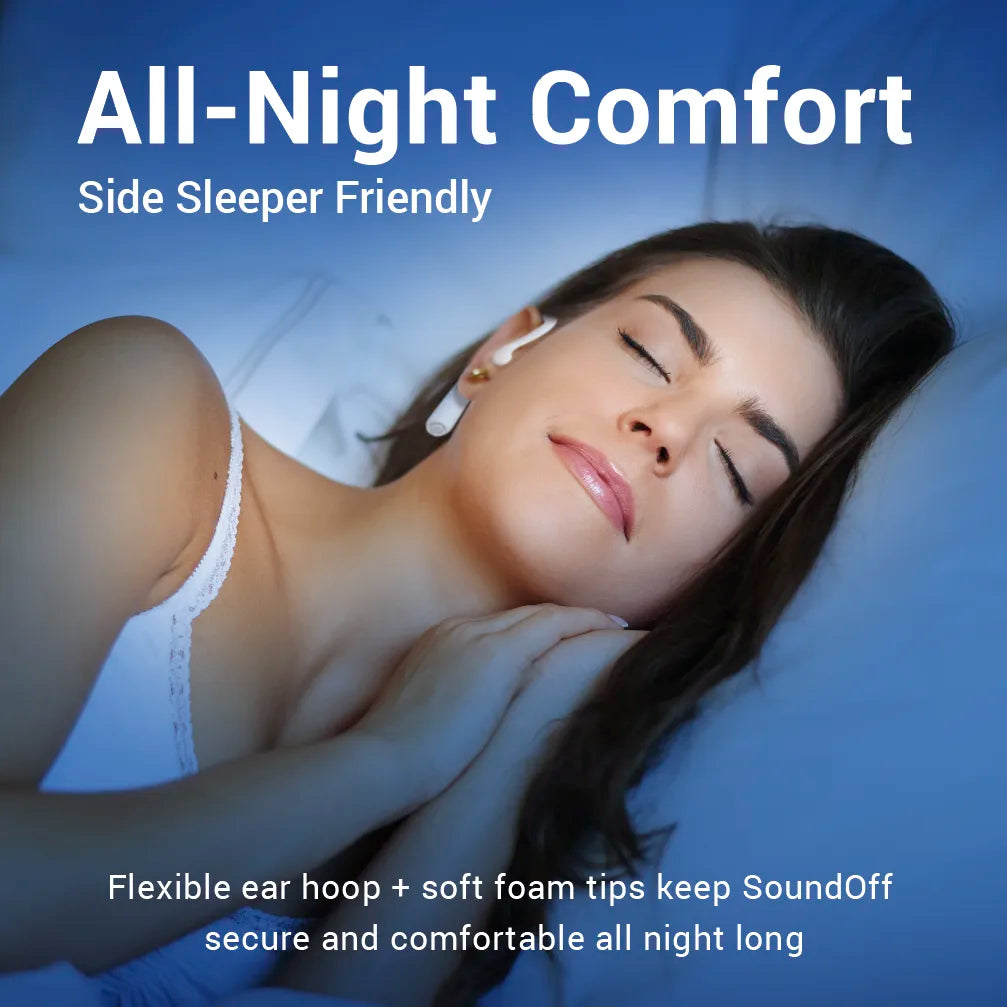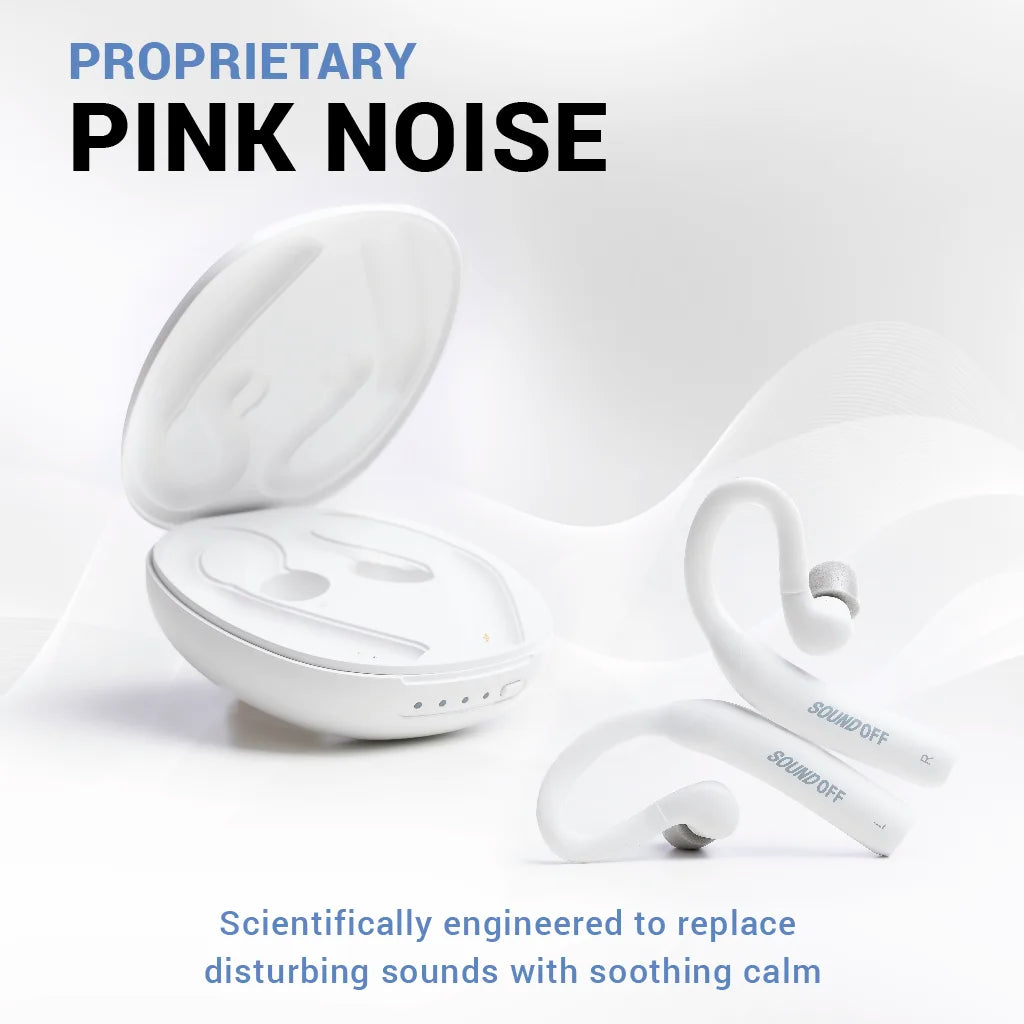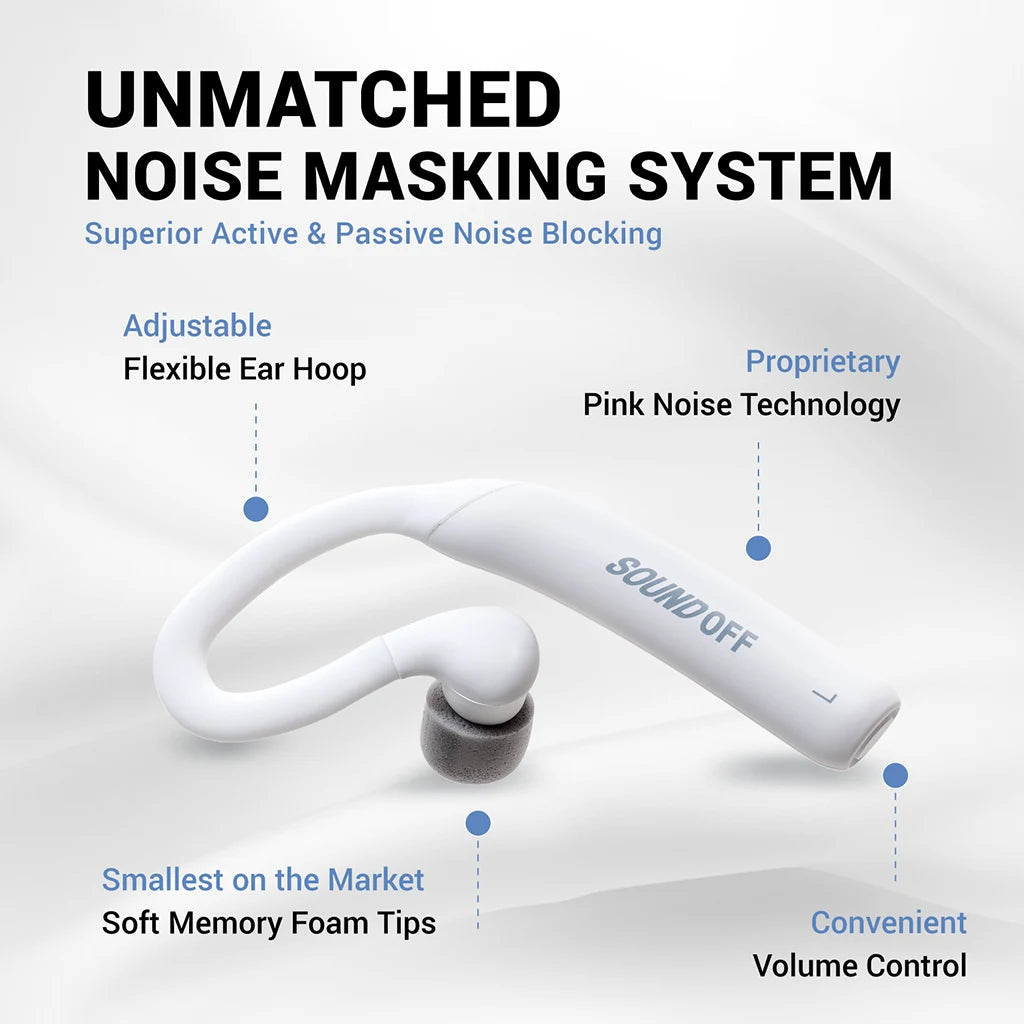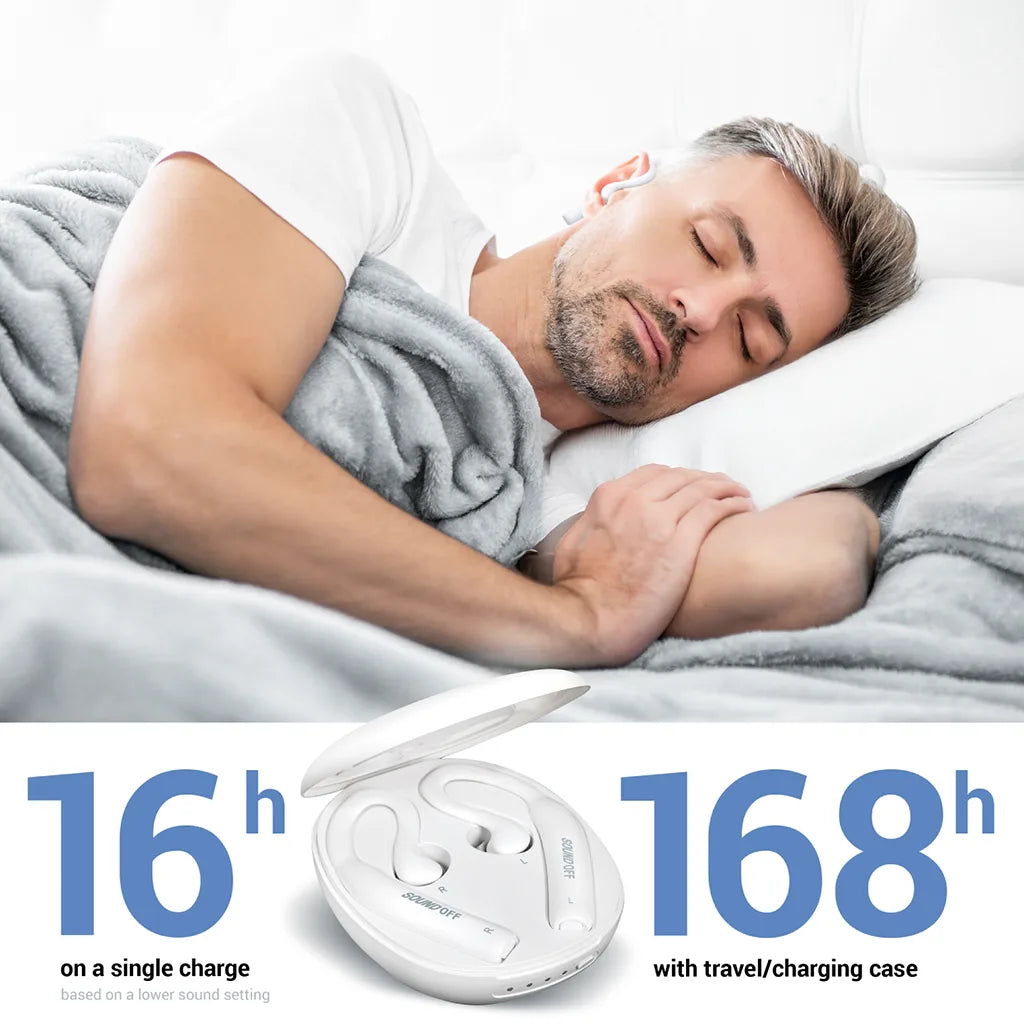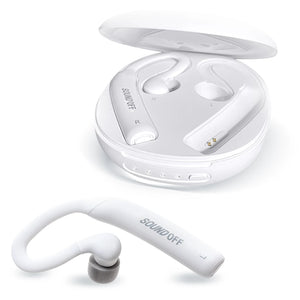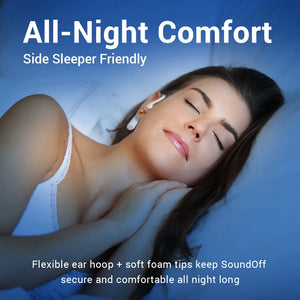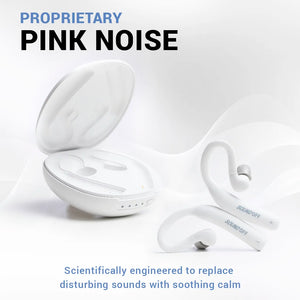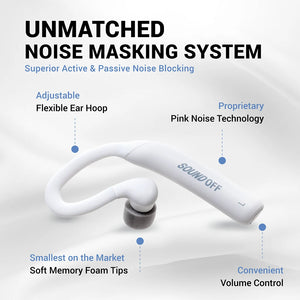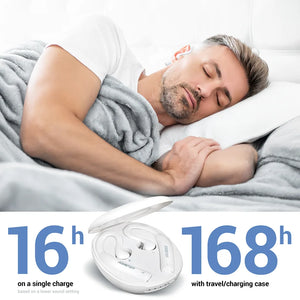While you sleep, your body focuses on healing and recovery. Your sleeping position plays a big role in how well it can do that. A good position supports the spine’s natural curve and prevents aches and pains that show up in the morning.
Since we spend about a third of our lives sleeping, it’s worth finding a position that supports spinal alignment and minimizes discomfort. A well-supported spine can reduce tension and lead to deeper, more restful sleep.
What Is the Best Sleeping Position?
The best position is one that keeps your spine aligned from hips to head. For most people, that means sleeping on the back or side. These positions make it easier for the spine to stay in a neutral position, which reduces muscle tension and encourages recovery.
Different sleep positions offer unique benefits, especially if you’re dealing with back pain or a health issue. In fact, one study found that adults with back pain who switched to back or side sleeping saw significant improvements in just four weeks.
If you sleep on your stomach and find it comfortable, you don’t necessarily have to change. Just make sure you have the right pillow and mattress to support your spine and minimize strain.

Side Sleeping: The Most Common Position
Side sleeping is the most common sleep position, especially among older adults. As we age, our spines become less flexible, and the side position tends to feel more natural and comfortable.
This position supports spinal alignment, helps reduce snoring and acid reflux, and may ease back pain. It’s particularly helpful for pregnant individuals, older adults, and people who snore or with sleep apnea or GERD.
Tips for Side Sleepers
- Place a pillow between your knees to help keep your spine aligned.
- Make sure your pillow supports your neck without tilting it up or down.
- Switch sides occasionally to avoid pressure imbalances and facial wrinkles.
Pregnancy
During pregnancy, sleeping on the side—especially the left—can help with circulation and reduce pressure on internal organs. Supportive pillows under the belly, between the knees, and behind the back can add extra comfort.
Back Pain
For back pain, try placing a pillow or blanket between your knees. A thick pillow that matches the space between your neck and shoulder helps keep your spine aligned while you sleep on your side.
Drawbacks
Side sleeping can cause shoulder pain or contribute to facial wrinkles, since one side of your face presses against the pillow. A mattress with good pressure relief and occasional position changes can help.
Left vs. Right Side
Experts often recommend the left side, especially for pregnant people or those with heartburn. The left side reduces pressure on internal organs and promotes better circulation. Use pillows to support your spine and keep your hips level.
Fetal Position: A Curled-Up Variation of Side Sleeping
The fetal position, where you curl your knees toward your chest, is a variation of side sleeping and is especially common among women. It’s often considered a safe and comfortable position, especially for those who are pregnant or suffer from back pain.
However, curling up too tightly can restrict deep breathing and may contribute to joint stiffness or tension in the morning.
Tips for Fetal Sleepers
- Keep your legs loosely bent instead of tightly curled to avoid restricting breathing.
- Use a full-body pillow for added support, especially during pregnancy.

Sleeping on Your Back
Back sleeping is the second most common position and offers excellent spinal alignment. It distributes weight evenly and can relieve pressure in the neck and lower back. It may also help reduce facial wrinkles and relieve nasal congestion when the upper body is slightly elevated.
Tips for Back Sleepers
- Use a supportive pillow that keeps your head aligned without tilting forward.
- Placing a small pillow under your knees may reduce pressure on the lower back.
- If you snore or experience sleep apnea, consider switching to side sleeping or using medical devices recommended by a healthcare provider.
Neck Pain
Back sleeping can ease neck pain when using the right pillow—ideally one that supports the neck and allows the head to rest comfortably. A rolled towel or memory foam pillow can also help.
Congestion
If you’re dealing with allergies or a stuffy nose, use pillows to prop yourself into a more upright position. This keeps airways open and encourages drainage.
Drawbacks
Back sleeping isn’t recommended for people who snore, have sleep apnea, are pregnant, or suffer from acid reflux. It can also worsen back pain if your mattress doesn’t support the natural curve of your lower back. A thin pillow under your knees or back can help reduce pressure.

Stomach Sleeping: The Least Recommended Position
This position is the least common and least recommended, though it may reduce snoring. Breathing requires more effort when sleeping on your stomach, which can interrupt rest.
Tips for Stomach Sleepers
- Use a very thin pillow or no pillow to reduce neck strain.
- Place a pillow under your pelvis to help keep your spine in better alignment.
- Consider gradually shifting to side sleeping by using pillows to encourage the transition.
Drawbacks
Stomach sleeping strains the spine and neck, especially if your mattress is too soft or your pillow too thick. This can lead to pain and discomfort. It also contributes to facial wrinkles over time.
How to Improve It
If stomach sleeping is your favorite, use a very thin pillow—or none at all—and place a flat pillow under your hips to maintain better spinal alignment. A firmer mattress helps prevent your midsection from sinking.
How to Choose the Best Sleeping Position for You
There’s no one-size-fits-all when it comes to sleeping positions. The best posture depends on your individual needs and health conditions. Consider the following:
- Back pain: Side or back sleeping may help, especially with supportive pillows and a proper mattress.
- Pregnancy: Sleeping on the left side is often recommended to improve circulation.
- Snoring and sleep apnea: Side sleeping tends to reduce airway blockages.
- Digestive issues: Sleeping on the left side can ease acid reflux.
Final Thoughts
The best sleep position is the one that helps you wake up refreshed and free of pain. If that’s not the case now, it may be worth experimenting with different positions, pillows, and mattresses to find what works best. Give yourself time to adjust and use supportive props to ease the transition.
In addition to choosing the best sleep position, reducing disruptive noise can also make a huge difference in sleep quality. If you're struggling with noise—like snoring, city sounds, or a restless partner—SoundOff can help. It uses soft, comfortable earbuds and clinically tested pink noise to gently mask unwanted sounds, so you can fall asleep faster and stay asleep longer.





